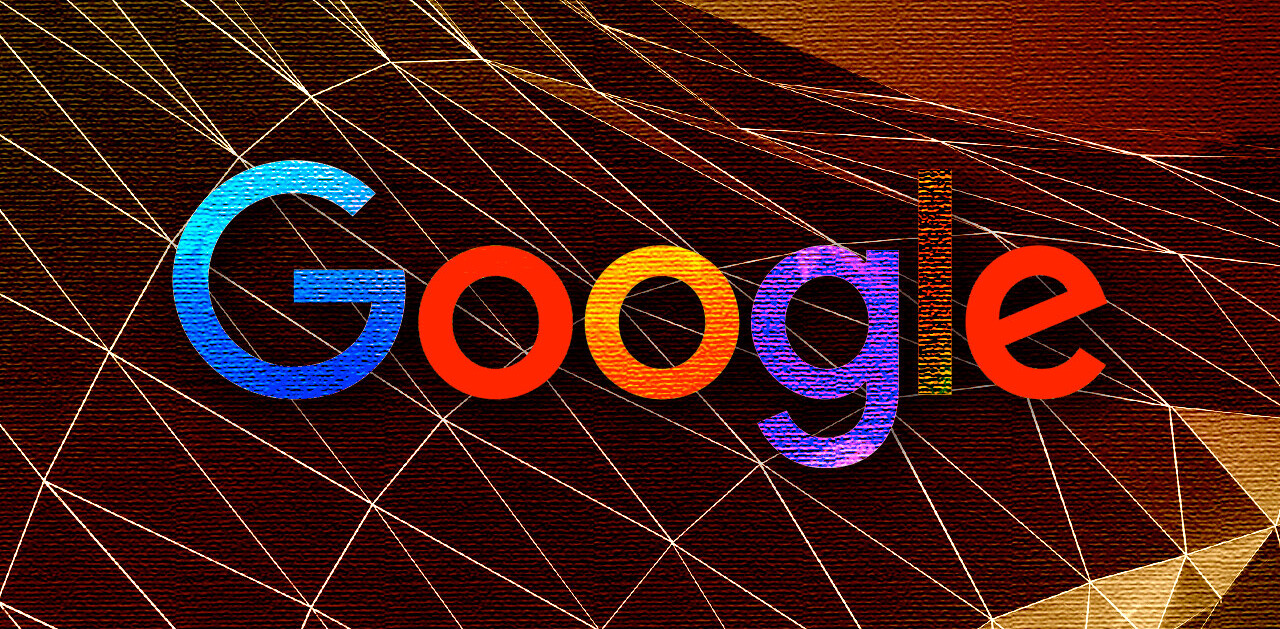
Nobody questions whether cybersecurity’s relevance has skyrocketed in recent years. The frequency of attacks and the amount of damage attacks can inflict have both risen exponentially. Across all industries, big and small companies are scattering for solutions to protect their highly sensitive information from these new threats.
This has forced cybersecurity experts around the world to play a freshly dealt hand: cybersecurity risks are at an all time high, and they have potential to cause more damage than ever before. Regarding which industry you work in, the attacks can be indiscriminate. Nobody is safe. This has given a rise to innovative solutions to curb or outright stop attacks dead in their tracks.
Here are some observations we have seen thus far in 2017:
The technology is coping to circumstances
It is no secret that the proverbial cybersecurity defense force is severely undermanned. In fact, the cybersecurity workforce is anticipated to fall short 1.8 million employees by 2022. This creates an open field of opportunity for attackers. Luckily, industry experts have found different methods to curb the impact so overwhelmed analysts do not have to bear the brunt head on.
Companies like Siemplify, for example, have found great success delivering security orchestration. In short, security orchestration unifies the security footprint to give analyst and security leaders a unified lens across the threat landscape. They result shrinks time to respond and increases productivity of the already short staffed security teams. This method allows a limited analyst workforce to employ a multi-faceted approach to their cybersecurity solutions.
IoT is a soft spot
In a broader sense, the Internet of Things (IoT) refers to the new development of technologies with internet capabilities. Examples of IoT technologies are home security systems, air conditioning control systems, Smart TVs, refrigerators, etc. As proper security measures have not been implemented (or considered for that matter), IoT devices are vulnerable. According to International Business Times, “Nearly half of all companies in the United States that use the Internet of Things (IoT) network have been affected by a security breach that has hurt annual revenue.”
In the same survey, IBT found the evident neglect surrounding IoT security, stating that “Sixty-eight percent of respondents to the survey said they think about IoT security as a distinct category but only 43 percent have created a standalone budget to maintain it.” This trend can and must change for the sake of IoT’s usefulness and longevity. This is a big opportunity for a new angle of cybersecurity to arise.
Return on investment
The ROI for cybersecurity is undeniably evident, and companies old and new have wised up to this harsh new fact of life. According to Edgile CEO Don Elledge’s analysis on Forbes, “businesses are increasing their cybersecurity budgets at a rate of 18%; [but] data breaches increased at a rate of more than 40% from 2015 to 2016.”
In plain English, this trend of increasing cybersecurity budgets, though a notable improvement, is still falling tragically short. The only real explanation to justify people’s reluctance to invest in cybersecurity is shortsightedness. As stated by Elledge, “What’s becoming increasingly apparent is that current security frameworks and point solutions are getting in the way of serious work that needs to be done to safely prepare businesses to thrive in the digital age.”
He’s right on the mark. As I’ve said, the severity of threats, along with their frequency, have risen exponentially while the workforce has worn itself thin. There are no doubts that the situation will be worse five years down the line. If these trends continue, companies will be stuck between a rock and a hard place. Should they invest in cybersecurity that can show a deficit on the investment for the short term? Or should they protect themselves now with the long-term in mind. The choice isn’t, but should be obvious.
Get the TNW newsletter
Get the most important tech news in your inbox each week.





